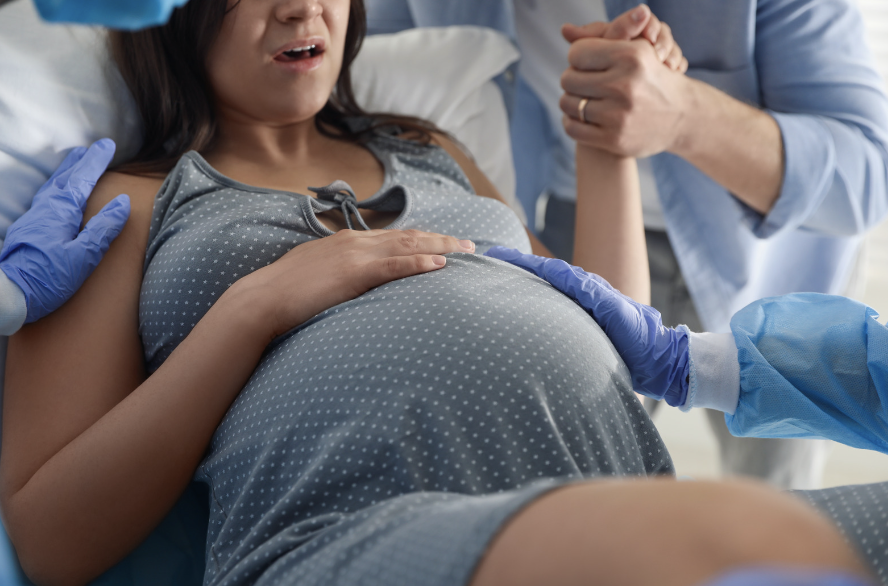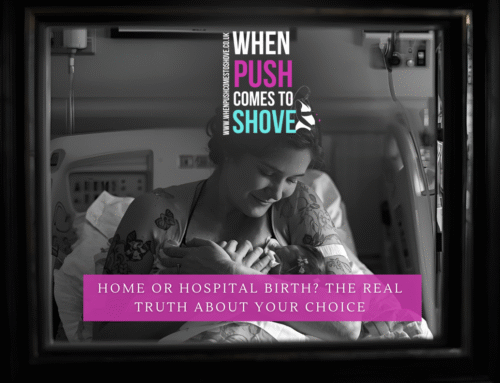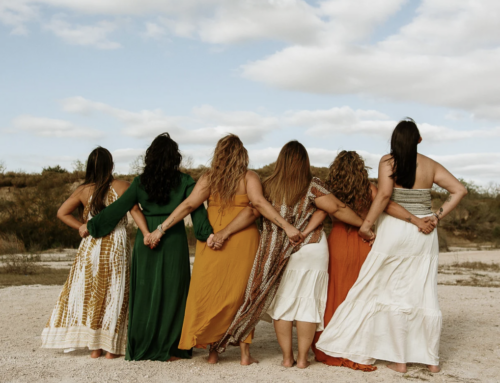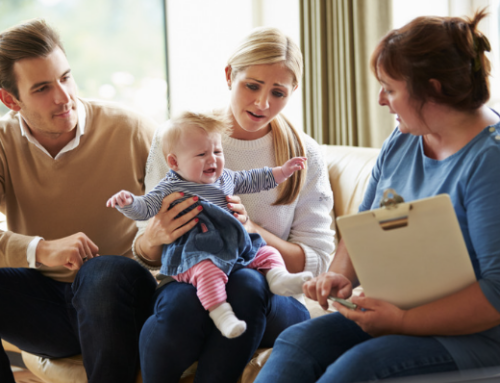From Historical Shifts to Modern Trends: Empowering Women to Make Informed Choices about Childbirth Safety and Place
As the founder of When Push Comes To Shove, I frequently encounter the question, “Where should I give birth?” This query, while simple on the surface, delves deep into the core of what childbirth means to an expectant mother. It’s a decision that’s as personal as it is profound, underpinned by a history of societal shifts, medical advancements, and changing perceptions of safety and wellness in childbirth.
A Look Back: The Evolution of Birth Practices
Historically, childbirth was predominantly a home-based event, with women giving birth in the comfort of their own homes, surrounded by family and a trusted midwife. This was the norm until well into the 20th century. In 1946, nearly half of all births in England and Wales took place at home. However, by 1990, this figure had plummeted to just 1%, with an equivalent decline in GP unit births, reflecting a dramatic shift towards hospital births. This shift was driven by a variety of factors, including medical, social, and economic influences, as well as an “almost universal misunderstanding” of the evidence surrounding birth safety, as noted by Tew in her seminal statistical analysis. Tew argued that birth is inherently safer the less it is interfered with, challenging prevailing misconceptions about the need for medical intervention.
Fast forward to today, and the landscape of childbirth has drastically changed , with a whopping 97% of mothers in England and Wales giving birth in NHS establishments and a home birth rate of 2.5%. Despite this overwhelming preference for hospital births, there’s a growing discourse around the increasing rates of intervention and a parallel rise in anxiety about childbirth. It begs the question: Are we truly enhancing the safety of birth, or are we inadvertently contributing to the anxiety surrounding it?
NICE Guidelines: Empowering Choice in Childbirth
The National Institute of Health and Care Excellence (NICE) recommends that women have access to four planned places of birth: Home, Freestanding Midwife-Led Unit (FMLU), Alongside Midwife-Led Unit (AMLU), and Obstetric Unit (OU). This guidance supports the notion that low-risk women should have the freedom to choose their birth setting, emphasising that healthcare providers should refrain from imposing their personal views on expectant mothers. This aligns with the principle that childbirth decisions should be informed, respected, and, ultimately, made by the birthing woman herself.
When discussing the safety of childbirth, it’s crucial to consider what safety truly means. For many parents, the priority extends beyond the physical well-being of the baby and mother to include psychological and cultural safety, and a sense of autonomy and control over the birthing process. These factors significantly impact the overall birth experience and the long-term well-being of both mother and child.
The Data on Birth Safety: Stillbirth and Maternal Mortality Insights
Exploring the data on stillbirths and infant mortality in the UK further illuminates the complex nature of birth safety. With unknown causes and complications related to the placenta being leading factors in stillbirths, and intrapartum death constituting a rare but significant concern, the statistics highlight the multifaceted challenges in ensuring the safety of childbirth. For mothers, the wellbeing is equally critical, with maternal mortality reviews indicating that the place of birth, while important, is just one factor in a broader landscape of maternal health and safety.
In conclusion, the choice of where to give birth is deeply personal and should be supported by clear, evidence-based information and a respect for the wishes and autonomy of the expectant mother. As we navigate the complexities of birth safety and place of birth, let us remember the importance of providing a supportive, respectful, and informed environment for all birthing women. The journey of childbirth is unique to each individual, and at When Push Comes To Shove, we advocate for a world where every woman feels empowered, informed, and supported in making the choices that are right for her and her baby.
Are you preparing to welcome a new life into the world? Enrol in our Home Study Antenatal Course, meticulously crafted for expectant parents like you. This course offers a deep dive into the birthing process, equipping you with knowledge, confidence, and the tools to navigate your pregnancy and childbirth journey with empowerment and ease.
For Aspiring Birth Professionals: Our Accredited and Certified Doula Course
If your calling is to support and guide women through the transformative experience of childbirth, our accredited and certified Doula Course is your gateway. This comprehensive program provides in-depth training, practical skills, and the latest insights in birth support, preparing you for a fulfilling career as a certified doula.
Get 10% off our courses by using code BLOG10








